Noto no Shio: Salt Extracted from The Seawater

The Agehama Enden style for the extraction of sea salt has been designated as one of the Important Intangible Folk Cultural Properties.
Salt is essential to our health. As you think of salt for our everyday use, where do you think it comes from? Salt exists in mountainous areas, lakes, and oceans around the world. However, in Japan no rock salt is naturally produced. Though 85 percent of table salt is domestically provided from boiled down sea water, ingredients for industrial use rely solely on imports. Since the deregulation of salt sales started in 2002, handmade varieties extracted with salt pans are becoming quite the rage, likely as it is thought that salt processed in the traditional style contains much more mineral content. Salt pans are only able to be developed in areas near the ocean with long daylight hours, such as the Seto Inland Sea coast and Noto Peninsula. Located in Suzu City, Agehama Enden is designated as Important Intangible Folk Culture. If you find yourself in the locale and are willing, you can observe the process.
Coco SHIZUO, Artex Inc.; Updated June 1, 2018
Noto no Shio: Salt Extracted from The Seawater
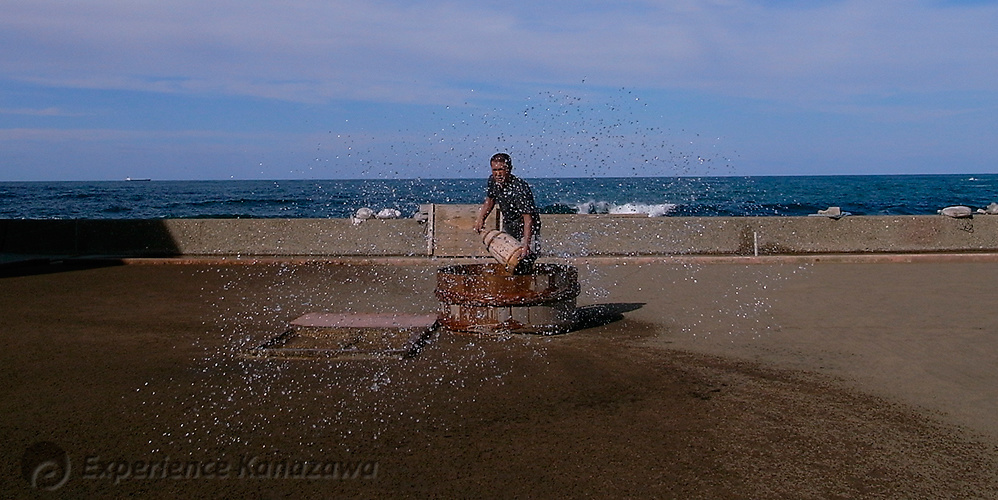
The Agehama Enden style for the extraction of sea salt has been designated as one of the Important Intangible Folk Cultural Properties.
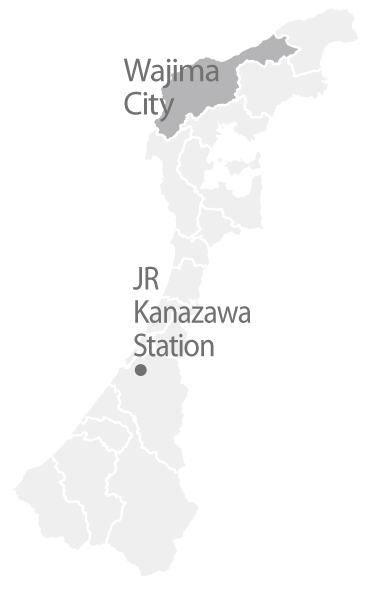
Coco SHIZUO, Artex Inc.; Updated June 1, 2018
塩田 Enden
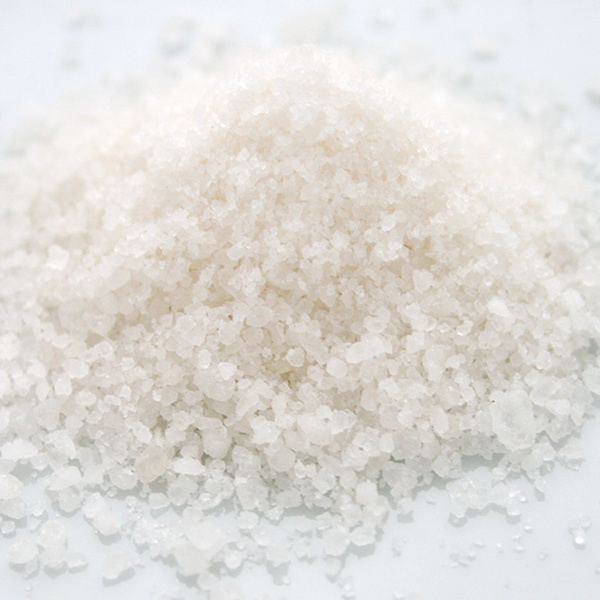
Agehama’s process for extracting salt from the sea water is pretty straightforward!
Agehama literally means “risen beach”, while Enden means “salt field”. This traditional work is quite labor-intensive. With pails, craftsmen draw sea water from the Sea of Japan and pour it onto the salt pans, sprinkling it over sand. After the salt becomes more concentrated in the rays of the sun, these same laborers collect the sand containing the thick salt for more filtration with another sea water. This filtered water is called kansui. Kansui water is simmered for 24 hours to boil it down. The skilled craftsmen know how to remove harshness yet allow for the mild taste of minerals to remain. It takes years to refine the technique. The salt pans historically once went out of use because of government monopolization. Now, traditional salts have come back into the spotlight with the liberalization of laws occurring in 2002.
能登の塩 Noto's Salt
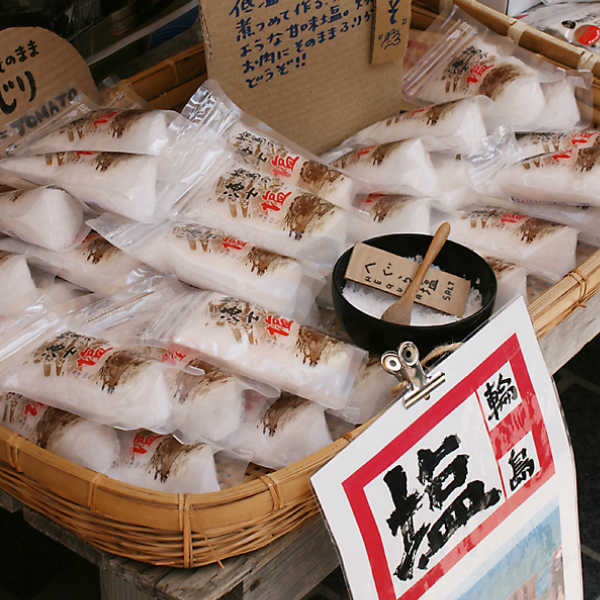
There are some other salt types made in Noto as well. They all taste of the ocean!
Just so you know, there is not only salt made from the Agehama style, but also some other salts extracted through their own unique processes. Similarly, the ingredients are all from the sea water. So what’s the difference between Noto’s salt and the more ubiquitous versions manufactured within a modern factory anyway? It’s said that Noto’s natural salt doesn’t taste overly salty, but has a rather mild mineral-like quality. Every craftsman tries to leave in minerals for their flavorful contribution. Essentially, the end product somewhat tastes of the ocean itself (Make sense!). Good salt can be the best seasoning for many foods. Just a pinch of good salt sets off the ingredients' flavor. It’s said that sophisticated sake lovers in the Edo period enjoyed salt as a side dish for the alcohol. Who would have thought that mild, tasty salt could be a snack for alcohol?
塩商品 Salt Products
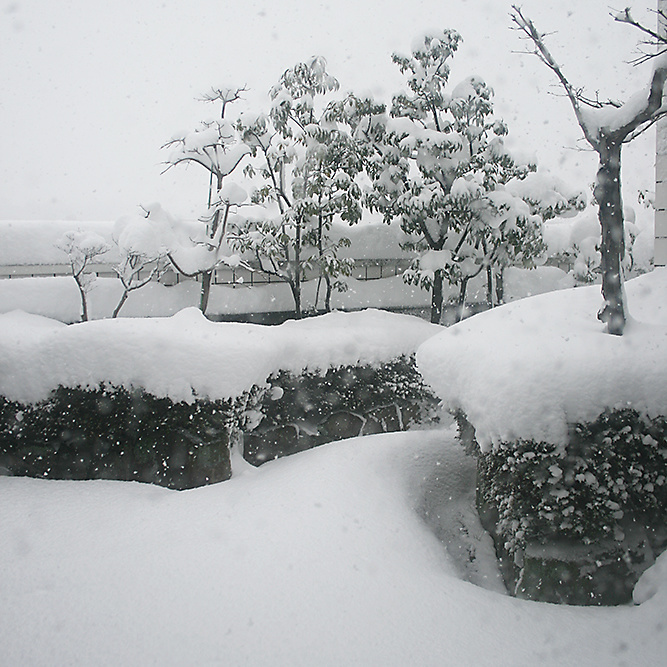
Soda pop, ice cream, bread and a variety of other items contain Noto’s salt.
Recently some original products that contain Noto’s salt are being watched (and enjoyed) with keen interest. Most products are something sweet goosed up with the salt. The local brand salts are featured for Soda pop, ice cream, cookies, and breads amongst others. The recent health boom and the other related interests have showcased organic ingredients, natural foods, and traditional preparation methods. Besides, most cities in the peninsula are struggling with underpopulation, as the younger generations have left their family villages for urban existences in big cities. Some hope to stop this trend with rural activism.
The traditional seasoning called Shio Koji, or “salty rice malt” which is huge in Japan recently. If you pick Noto’s Shio Koji for your souvenir, you will surely be respected as a person who has an intimate knowledge of Japan!
Kanazawa Area
Kenrokuenn Garden
Following Matsuo Bashô’s steps in Ishikawa - 1/6 [Introduction]
Following Matsuo Bashô’s steps in Ishikawa - 2/6 [Kanazawa]
Noto Area
Mitsukejima Island
Kaga Area
Following Matsuo Bashô’s steps in Ishikawa - 3/6 [Komatsu City]
Following Matsuo Bashô’s steps in Ishikawa - 4/6 [Natadera Temple]
Following Matsuo Bashô’s steps in Ishikawa - 5/6 [Yamanaka Onsen Town]
Following Matsuo Bashô’s steps in Ishikawa - 6/6 [Daishoji District]
Rosanjin in Yamashiro Onsen Town
Stroll Kanazawa in Rental Kimono - 1/2 [Kimono Rental]
Stroll Kanazawa in Rental Kimono - 2/2 [Kimono Stroll]
January
Enyukai: Geisha Party
February
Setsubun-Sai Festival
AUGUST
Issaki Hoh-Toh Matsuri
November
Enyukai: Geisha Party

